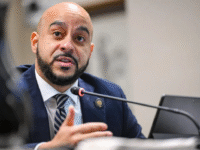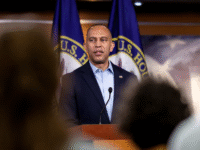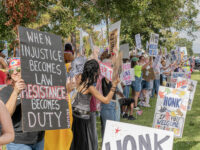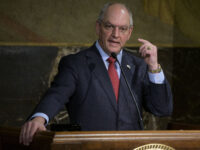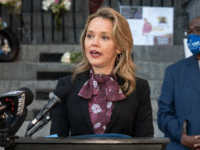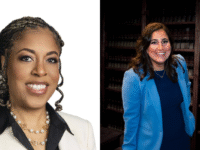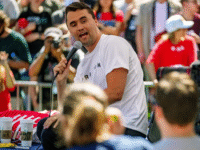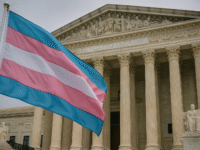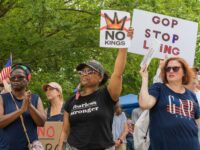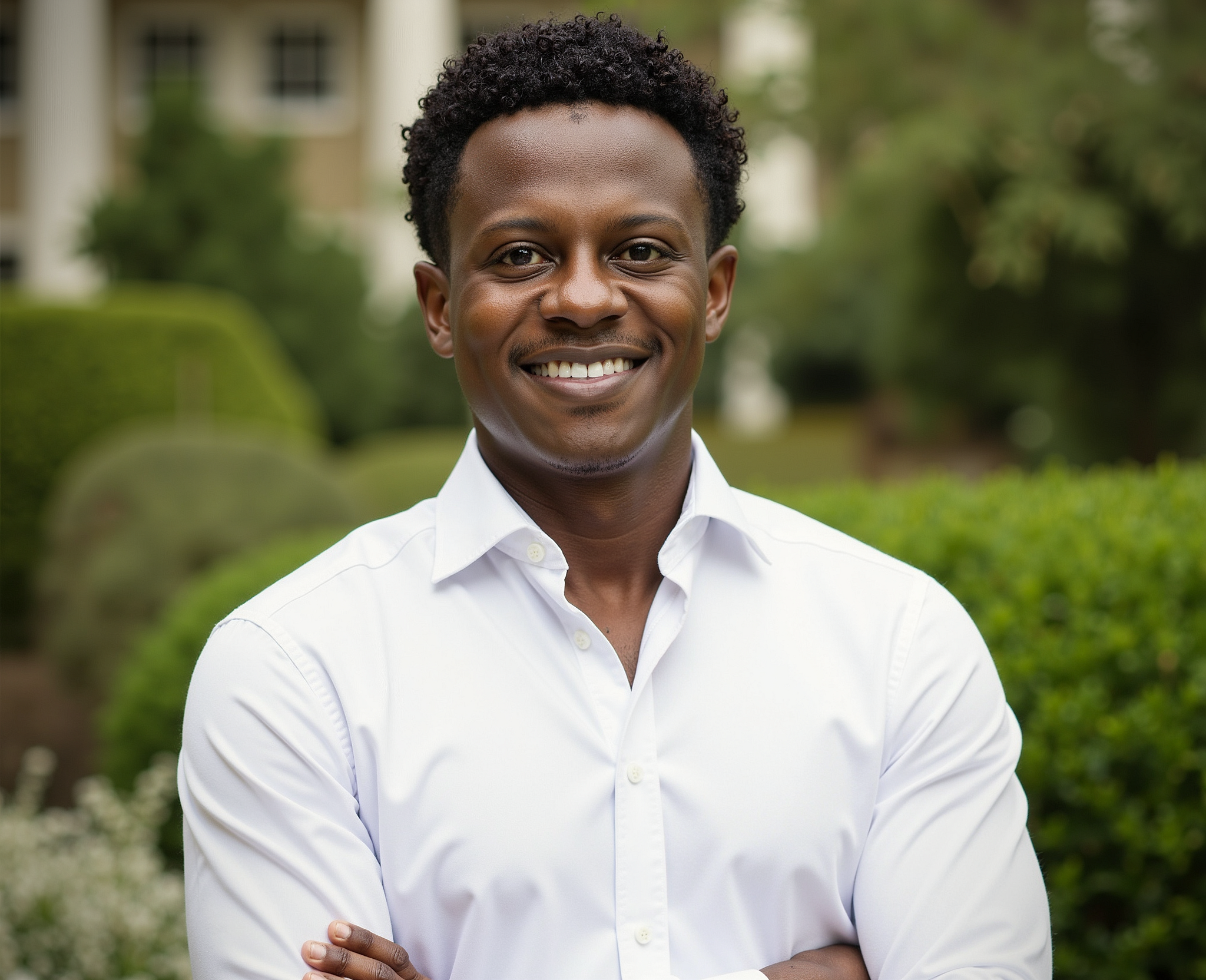The pursuit of justice often manifests in courtrooms and legal briefs, but sometimes, it takes a more artistic and deeply personal form. The Bayou Progressive recently had the distinct privilege of sitting down with Baton Rouge sculptor Becky Gottsegen, the visionary behind the powerful exhibition, “Exonerated: Portraits of the Wrongfully Convicted“. This compelling collection of 23 sculpted busts brings to life the faces and stories of men who collectively served a staggering 644 years for crimes they did not commit. Through our conversation and drawing on the background provided, we delve into the heart of this impactful project, exploring its genesis, artistic process, and the profound message it conveys about Louisiana’s criminal justice system.
Gottsegen, a seasoned clay artist, embarked on this significant journey in 2021 when the Innocence Project New Orleans (IPNO) commissioned her to sculpt a portrait of Jerome Morgan. Morgan, who was imprisoned at the age of 17 and served approximately 20 years before his exoneration, now serves on IPNO’s board. This initial commission proved to be a transformative experience for Gottsegen. As she recounted, creating the bust was a powerful moment for both her and Morgan, igniting a desire to extend this tribute to others who had suffered similar injustices.
“I was originally approached just to do one portrait of one of the exonerate Jerome Morgan,” Gottsegen explained. However, the connection forged through this process propelled her to continue. She went on to sculpt Jarvis Ballard, making it a point to meet him in person after an initial experience with outdated photos of Morgan highlighted the importance of capturing their current likeness. This commitment to personal connection became a defining aspect of the project. At an IPNO gala, Gottsegen, acting as a self-proclaimed “unofficial photographer,” approached 15 exonerees, asking to take their pictures with the intention of immortalizing their stories in clay.
The process of bringing these portraits to life is both meticulous and deeply personal. Gottsegen begins by sculpting in fired clay. The original busts, upon completion, were gifted to the exonerated men. To facilitate wider exhibition and accessibility, Gottsegen collaborated with a professional mold maker to create silicone molds of all 23 busts. From these molds, she created castings in hydraone, which were then finished with cold finishes and brown acrylic paint with a final gold glaze. This process, from initial concept to finished replica, could take about two and a half weeks.
The idea for a comprehensive exhibition emerged last year as a means to amplify the vital work of the Innocence Project and shed light on the alarming frequency of wrongful convictions in Louisiana. “Exonerated: Portraits of the Wrongfully Convicted” first opened in New Orleans in May of the previous year and is currently on display at the Cary Saurage Community Arts Center in downtown Baton Rouge until May 14th. Located at 233 Saint Ferdinand St., the exhibition is free and open to the public. The gallery hours are 8:30 a.m. to 4:30 p.m. on weekdays and 10 a.m. to 2 p.m. on Saturdays.
The exhibition serves as a poignant reminder of the human cost of wrongful convictions. Among the 23 men portrayed are Larry Delmore, Glenn Davis, and Terrence Meyers, who were convicted in 1992 for a drive-by shooting and murder in Jefferson Parish. Their convictions rested solely on the testimony of an eyewitness with a history of drug abuse who was later proven to have been absent from the scene. Despite their innocence, these men served 16 years at the Louisiana State Penitentiary at Angola before the Innocence Project New Orleans stepped in to overturn their sentences, with full exoneration taking an additional two years. The prosecution in their case had even concealed crucial evidence indicating another man was the shooter.
Gottsegen expressed that what struck her most during this project was the resilience and spirit of the exonerees. Despite enduring unimaginable hardship, including individuals like Wilbert Jones who spent almost 46 years in prison and Elvis Brooks who spent over 40 years, many retain the ability to smile and embrace life. “It just my heart breaks for what they’ve been through and how how little the general population knows about these injustices,” she shared. This realization has fueled her desire to support the exonerees beyond the artistic realm, recognizing the significant challenges they face in rebuilding their lives after decades of wrongful imprisonment, from obtaining basic identification to securing housing and employment.
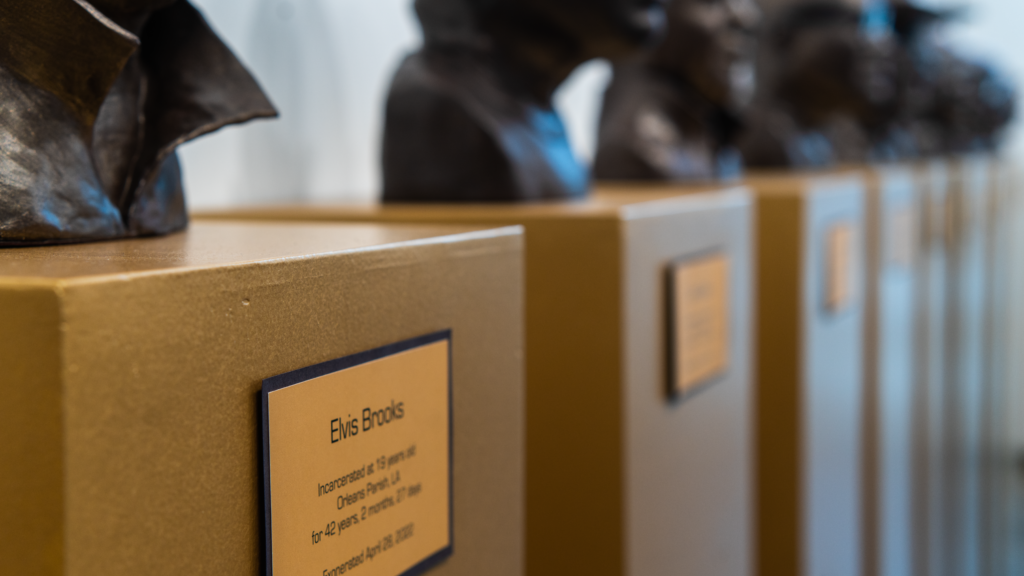
The exhibition has garnered a powerful response. Gottsegen recounted the excitement of Earl Trio, one of the exonerees, upon seeing his picture in the local newspaper alongside his portrait. Importantly, when the exhibition opened in Baton Rouge, twelve of the exonerees were present, expressing their profound gratitude that their cases were not being forgotten and hoping the exhibition would contribute to broader awareness and potential reforms within the criminal justice system.
However, Gottsegen also expressed concern about recent legislative changes in Louisiana that she believes will make it significantly more challenging for the Innocence Project New Orleans to exonerate innocent individuals in the future. IPNO has been instrumental in freeing or exonerating 47 innocent people and 28 who were unjustly sentenced since its formation in 2001. Gottsegen’s project serves as a timely reminder of the importance of this work and the potential consequences of hindering it.
When asked what gives her hope, Gottsegen pointed to the collective action and voices rising up against injustice. While acknowledging the current challenging times, she finds inspiration in historical moments where leaders championed social justice.
Becky Gottsegen’s “Exonerated: Portraits of the Wrongfully Convicted” is more than just an art exhibition; it is a powerful testament to the human spirit, a stark commentary on the fallibility of our justice system, and a call for continued vigilance and reform. Through her skillful hands and compassionate heart, Gottsegen has created a space for remembrance, understanding, and, hopefully, a catalyst for meaningful change in Louisiana’s pursuit of justice.


